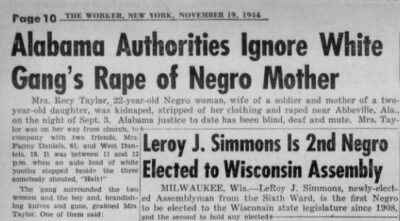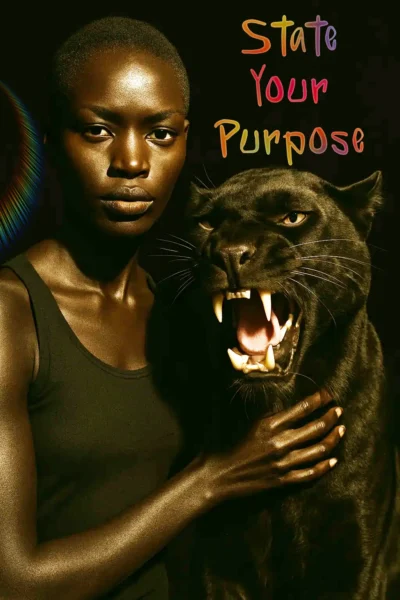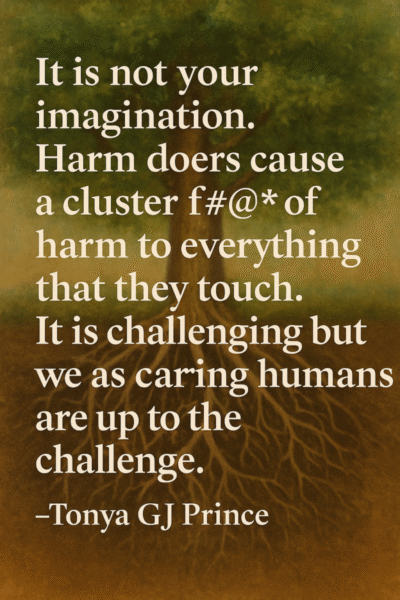Jim Crow and the Erasure of Black Womanhood In the era of Jim Crow, Black women were denied full personhood. Their bodies were brutalized. Their cr
Jim Crow and the Erasure of Black Womanhood
In the era of Jim Crow, Black women were denied full personhood. Their bodies were brutalized.
Their cries were ignored. Laws designed to “protect” white women were never extended to them.

We, who bear the scars of systemic harm, will continue to name — to call out injustice, to demand accountability, to create healing spaces. We will refuse the lie that women of color must protect the silent. Because love demands we speak.
1. Black People Were Not Considered Fully Human Under White Supremacy
From chattel slavery through Jim Crow, the legal, social,
and religious systems in the U.S. systematically denied
Black people full humanity, full personhood. Enslaved Black women were treated as property, bodies to be exploited for labor and sexual violence, with no legal recourse. AAIHS+3Equal Justice Initiative+3National Sexual Violence Resource Center+3
Under Jim Crow, Black victims of violence had almost no protection.
Laws and courts were all-white; police and prosecutors were complicit in maintaining white supremacy.
SAGE Journals+3Jim Crow Museum+3Equal Justice Initiative+3
So saying “Black women were not considered “women” is part of this modern day political framing. It names that their gender, their dignity, their vulnerability — none of that was recognized fully by the oppressive system. When people single out Black women, as being “not considered women”, I pause.
I wonder why they put it this way when Black men, women, and our children got the same treatment. Inhumane treatment from people behaving inhumanely. Pause.
And why are you quoting “them” like some lyrics to a great song or a scripture?
This statement is neither profound or enlightening. It is evidence of deeply embedded ignorance. Why do people keep spreading it like bacteria? Wash it off.
2. Meanwhile, White Women Were Not Fully Respected Either (In Their Sphere)
This is a nuanced point: white women — especially in the 19th and early 20th centuries — operated under constraints. Their roles were tightly constructed: wife, mother, homemaker, moral guardian, domestic caretaker. Their respectability was tied to chastity, obedience, and adherence to a strict social script.
White women’s protection often depended on white men’s power and white racial hierarchies: their value was bound up in racial purity, sexual modesty, and the policing of Black bodies. The respect granted to white women was conditional, fragile, and complicit in preserving a racially stratified system.
So while white women had “privilege” in a racial sense, that did not mean they were completely free or fully respected in all realms. Their “innocence” was a social construction upheld by race and patriarchy.
White women, though socially coerced into roles of saintly purity and domestic devotion, often passed through public life untouched when harm was revealed — not because harm never occurred, but because they remained silent or framed wrongdoing as “a men’s issue.”
But silence is not innocence.
It takes courage to say: I will not allow my identity to be weaponized to erase others’ pain.
The Interplay of Race, Gender & Violence: How Systems Used Silence
-
Sexual violence as a tool of racial terror. Black women endured sexual assault not just as individual criminal acts, but as systemic violence — to terrorize their communities, break family units, maintain control. Andscape+4PMC+4AAIHS+4
-
Stereotypes as justification. The “Jezebel” image painted Black women as promiscuous, insatiable, always available — thereby erasing consent and accusing them of being complicit in their own victimization. Jim Crow Museum+1
-
Legal erasure. Courts often refused to acknowledge or adjudicate crimes against Black women. White men were rarely prosecuted. The testimony of a Black woman often held no weight. Equal Justice Initiative+4National Sexual Violence Resource Center+4SAGE Journals+4
-
Lynching, public violence, and sexual assault intertwined. Black women were often raped, mutilated, or otherwise tortured before being killed by mobs. These were not “private sins” but public terror. Equal Justice Initiative+3PMC+3AAIHS+3
-
Silence as strategy. Because Black women’s pain was ignored, marginalized, or dismissed, many remained silent — out of fear, shame, or because they knew no one would believe them. Their voices were suppressed by state power, church complicity, and community silence. So sometimes when we say that older generations are “male centered” we must remember that they had to be for survival. I hate that we have to balance our own healing and protecting our peace in this context …but that’s where we are. Harm gets on my nerves with its reverberating a&$. I despise it all. With all my heart and from the depths of my soul.
True justice honors boundaries.
It says: “I see you, I believe you, and I will not speak over you.”
It fights alongside, not instead of.
It amplifies, not erases.
 There were no “good old days” for women — not under Jim Crow, not under so-called gentility, not under any system that demanded silence and obedience. What we remember with longing were not the times themselves, but the resilience of the women who survived them. It is they who made beauty out of brutality, faith out of fear, and order out of chaos.
There were no “good old days” for women — not under Jim Crow, not under so-called gentility, not under any system that demanded silence and obedience. What we remember with longing were not the times themselves, but the resilience of the women who survived them. It is they who made beauty out of brutality, faith out of fear, and order out of chaos.
Now it is our turn. We must build the world they dreamed of but never saw — a world where women are safe, free, and fully human.
We must create the good days on the foundation our mothers and grandmothers already laid, brick by sacred brick, with their prayers, their pain, and their unyielding love.
